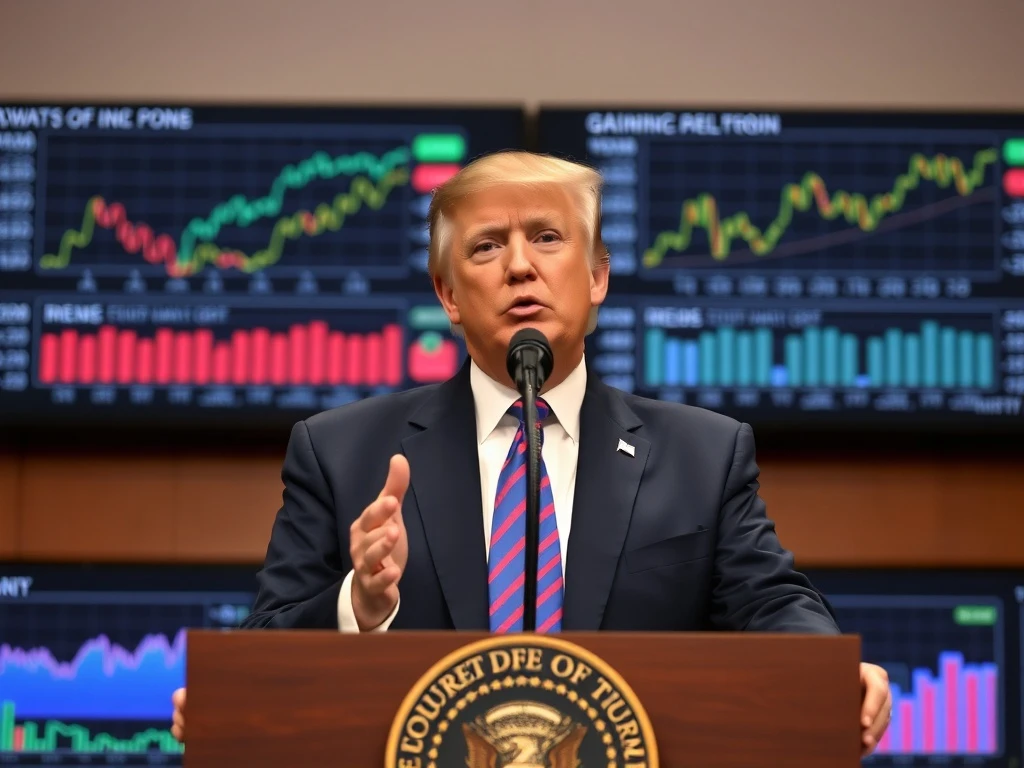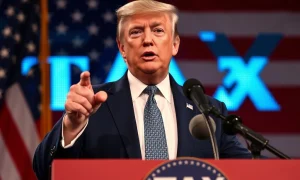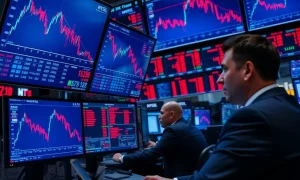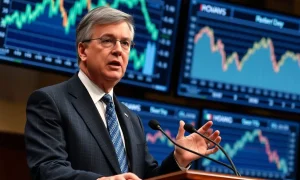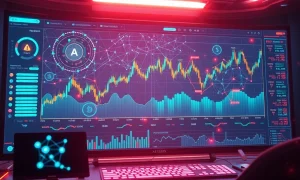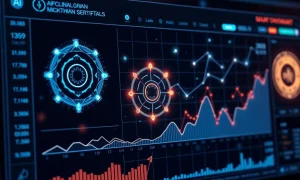Former President Donald Trump’s approach to economic policy often involves direct public pressure on officials and institutions. This strategy represents a significant departure from traditional economic governance methods. Many experts now analyze how this unconventional approach affects market stability and long-term economic planning.
Understanding Trump’s Economic Strategy Framework
Trump’s economic strategy frequently employs public criticism as a tool for policy influence. This method targets various officials and institutions simultaneously. The approach creates immediate pressure for specific economic outcomes. Consequently, markets often react swiftly to these public statements.
Key Targets in Economic Policy Battles
Several key entities frequently face pressure within Trump’s economic strategy:
- Federal Reserve officials regarding interest rate decisions
- Trade representatives during negotiation periods
- Financial regulators on enforcement matters
- International economic organizations in global disputes
Market Impact and Investor Response
Investors closely monitor Trump‘s economic strategy announcements. Market volatility often increases following major policy statements. This volatility reflects uncertainty about future economic directions. However, some sectors benefit from anticipated policy changes.
Historical Precedents and Comparisons
Previous administrations typically avoided public economic pressure campaigns. Most maintained traditional communication channels with officials. Trump’s approach breaks from these established norms significantly. This change creates new dynamics in economic policy formation.
Long-Term Economic Implications
Experts debate the long-term effects of this economic strategy. Some argue it creates policy uncertainty. Others suggest it accelerates desired economic changes. The strategy certainly influences international economic relationships profoundly.
FAQs
How does Trump’s approach differ from previous presidents?
Trump utilizes public pressure more directly than predecessors. He often bypasses traditional communication channels. This creates immediate public awareness of economic disputes.
What are the main economic sectors affected?
Trade, banking, and manufacturing sectors experience the most direct impacts. International markets also respond to these policy pressure campaigns.
How do officials typically respond to this pressure?
Responses vary from compliance to resistance. Some officials maintain independence while others adjust policies accordingly.
What are the risks of this economic strategy?
Potential risks include market instability and damaged institutional credibility. International economic relationships may also suffer strain.
How do investors adjust to this approach?
Investors increasingly monitor political developments alongside economic indicators. Many develop strategies for managing policy-related volatility.
Has this strategy produced successful economic outcomes?
Results remain mixed across different economic sectors. Some policies achieved quick implementation while others faced significant challenges.

